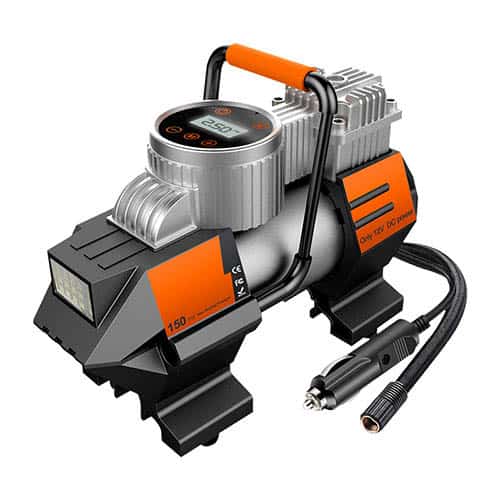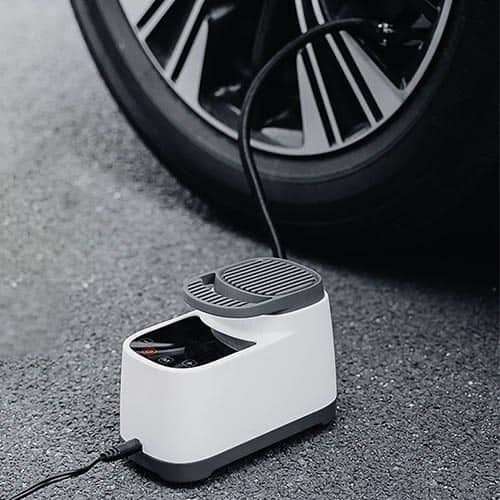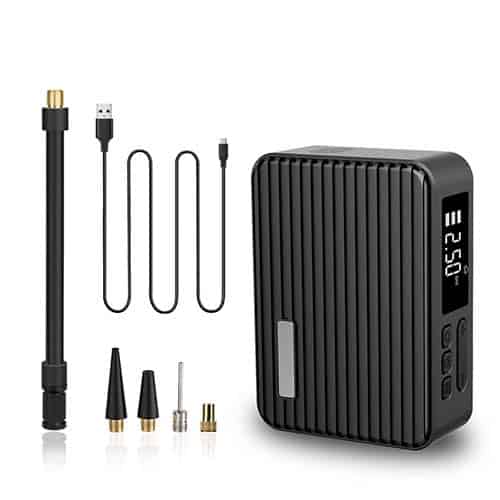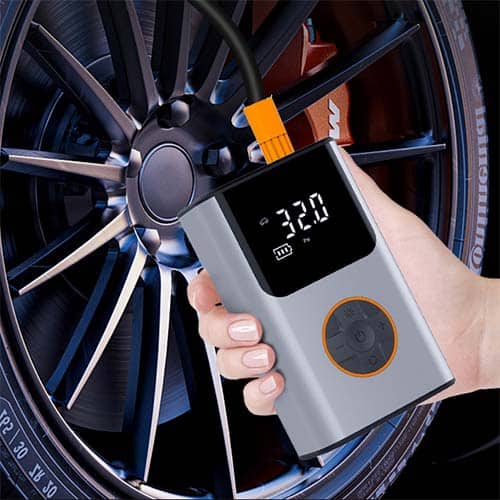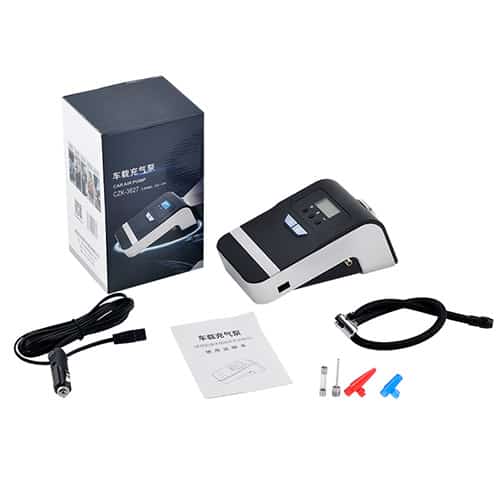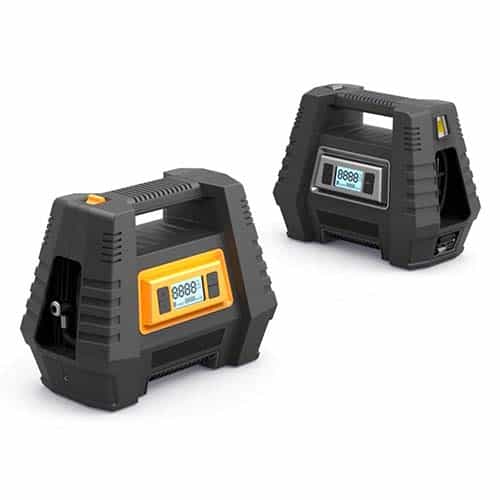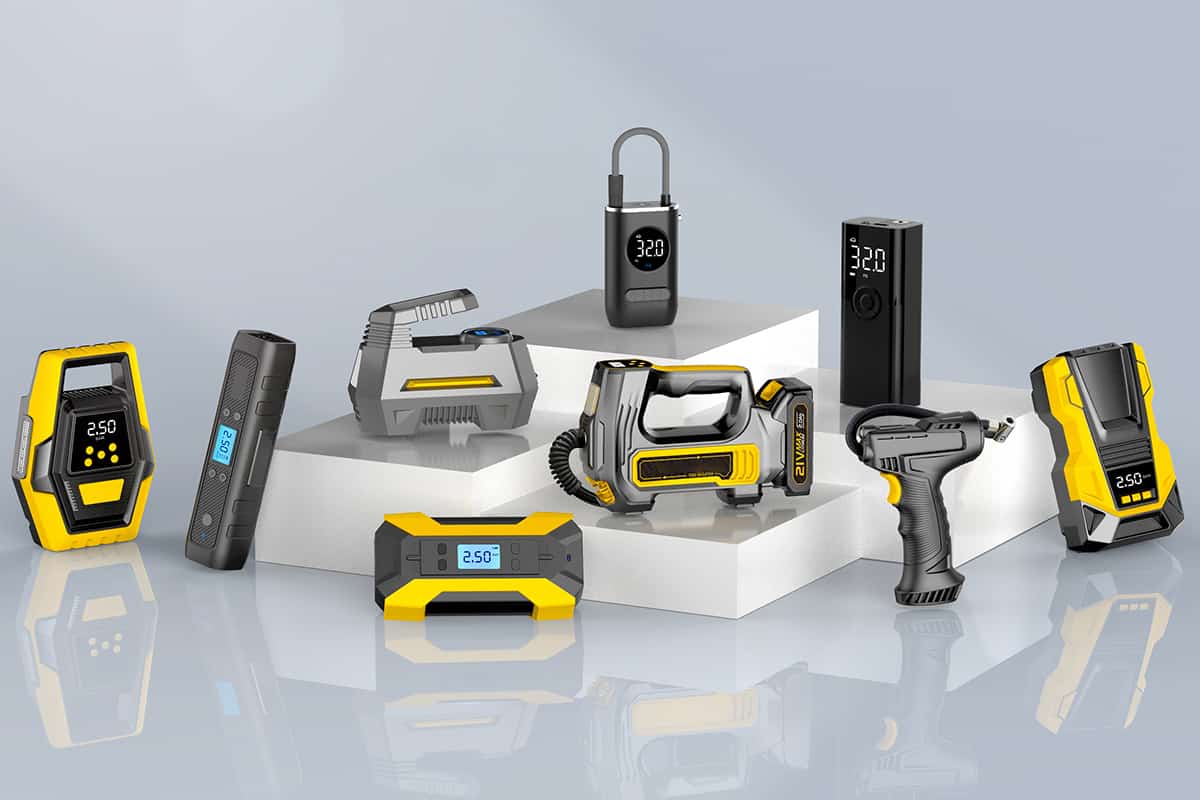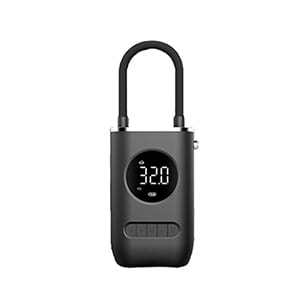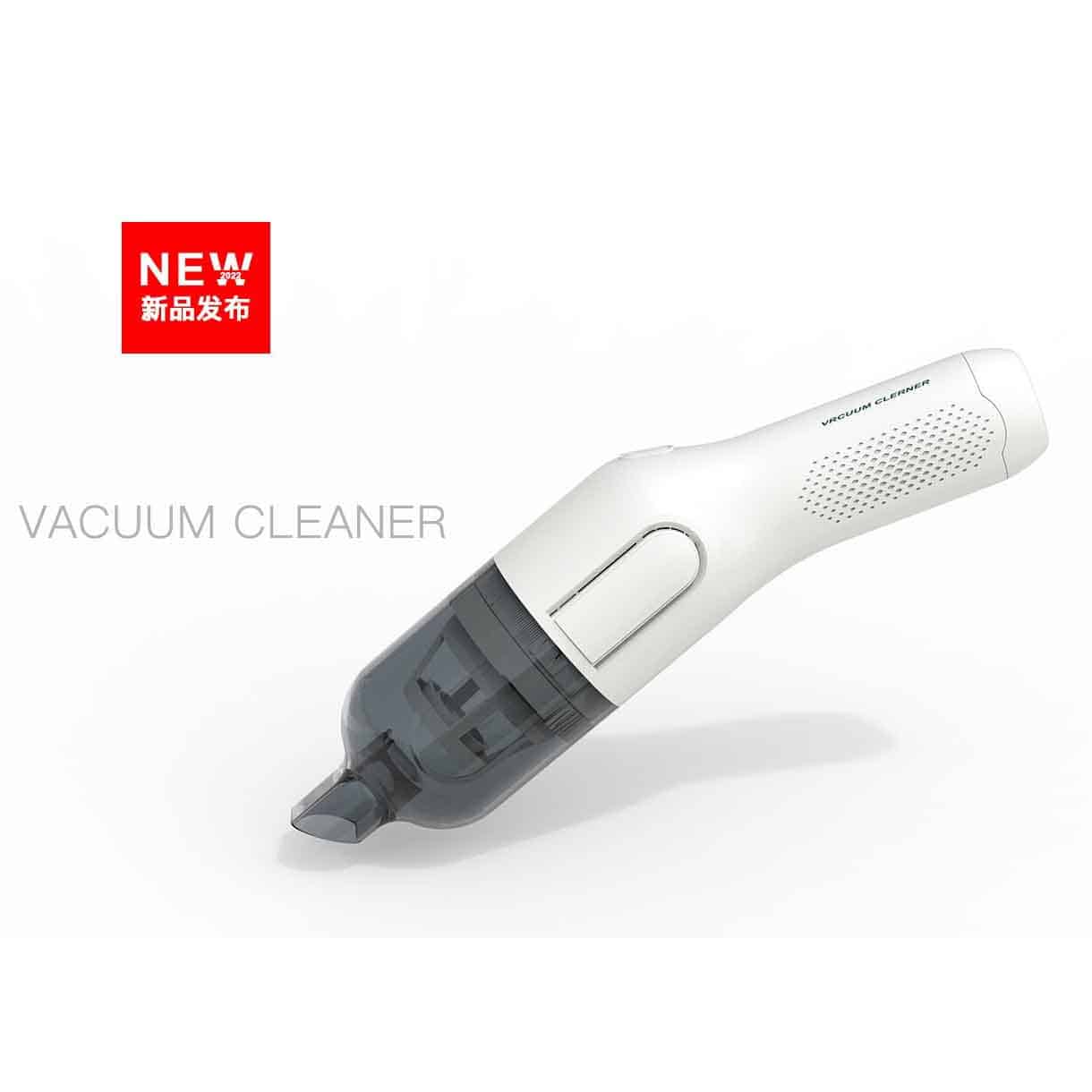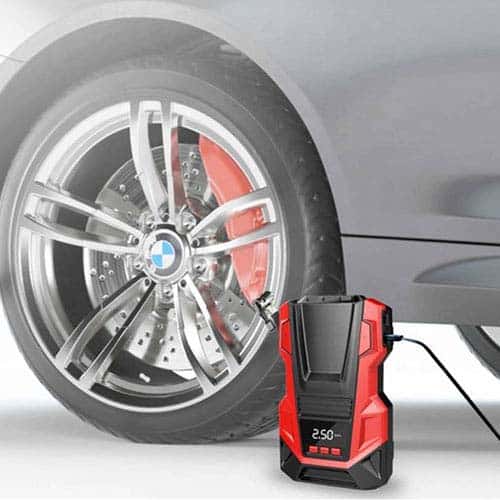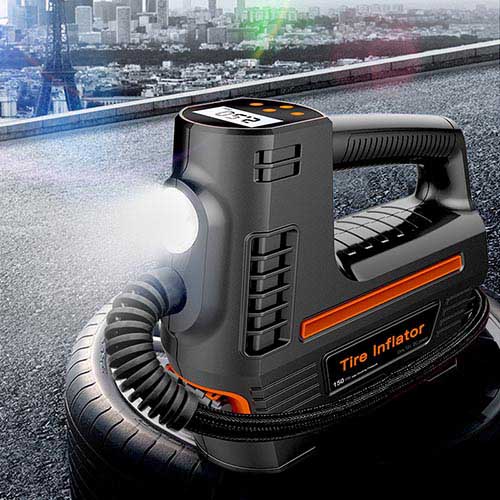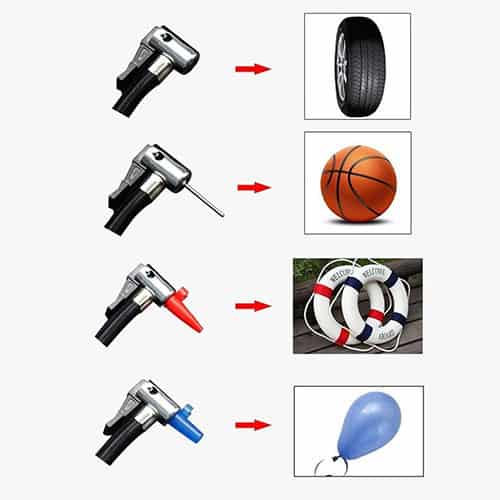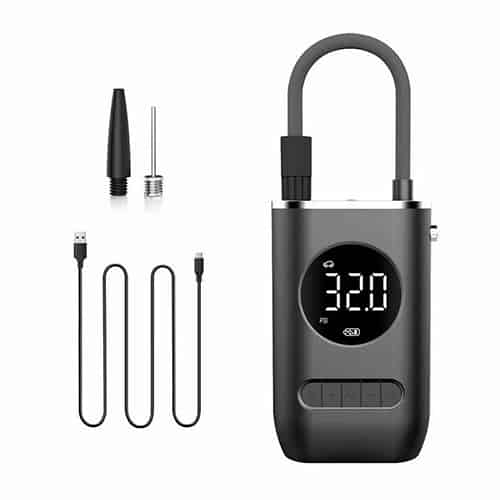Tire manufacturers have been putting an extra effort into developing products that improve fuel economy, increase tire life and cut down on tail-pipe emissions from automobiles. As a consequence, you get all sorts of different and technologically advanced tires like low-rolling-resistance tires, silica-based tires, etc. However, as an end user, you won’t be benefiting from these technologies if you do not maintain correct tire pressure.
As a thumb rule, it is advised that you check the level of your vehicle’s tire pressure once every fortnight. While most of us follow this religiously, some don’t. Also, a majority of motorists do not even bother to check the air pressure of tires regularly. This is because it has traditionally required paying a special visit to a fuel station or a tire shop. But, there’s an easier way to keep a tab on the inflation pressure of your car’s tires. Use a portable tire inflator!
Operating a portable tire inflator is easy and requires a simple plug-and-play technique. Let’s take a step-by-step rundown on how to use these portable saviors when you unsuspectingly face a flat tire or notice an under-inflated tire.
1. First and foremost, you need to connect the air inflator to a 12V power socket in the car. Mostly, air inflators are provided with an extendable power cord so that you can take them closer to individual wheels. As a precautionary measure, keep the engine of the vehicle running so that the compressor does not drain out the car battery.
2. Before taking on the task at hand, check the condition of the tire. If you see or find a large puncture on the tire, care not to inflate it since it won’t be able to hold the air. In this case, it’s better to swap it with a spare wheel or call for assistance.
3. In case of a slow leak or when the tires are a little low on air, it is safe to use an air inflator. To inflate tires, connect the nozzle of the compressor to the tire’s valve stem correctly. Make sure the connections are proper before turning on the compressor pump.
4. Switch on the air inflator to allow compressed air to enter inside the tire. If you hear any hissing sounds during the sequence, switch off the inflator and re-tighten the nozzle and valve-stem connection properly. A hissing sound means improper connection and will lead to air leakage in the system.
5. Periodically stop and check air pressure so as to prevent over-inflation. Also, do check the recommended air pressure of tires for your vehicle. It can be found in your vehicle’s owner’s manual or on a placard on the driver-doorjamb.
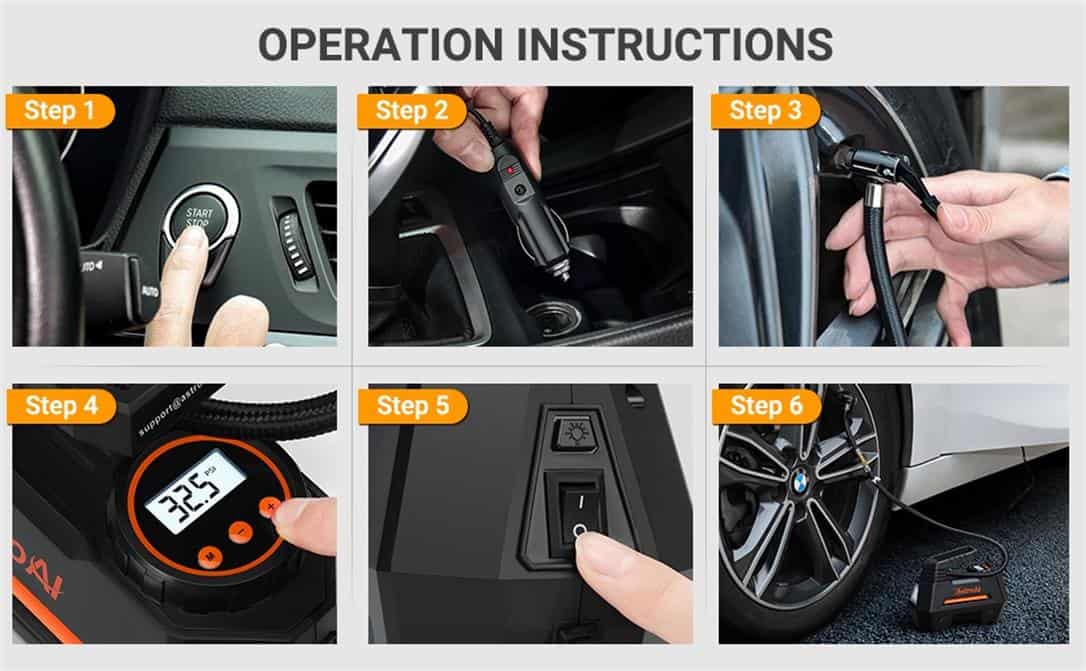
Steps of using a portable tyre inflator
Inflating a fully flat tire might take 2-3 minutes whereas a slightly under-inflated tire will take about 40-50 seconds. Once you are done with it, safely discharge the compressor nozzle by switching it off first and then loosening the connections.
A good and easy-to-use portable tire inflator with a built-in pressure gauge is a very common product on the market, if you need a competitive tire inflator, please contact our sales team for a quotation. Please feel free to leave a message online, chat with our team on WhatsApp +86 170 5109 5790 or send us an email at sales@kelylands.com. We always welcome your inquiries.

